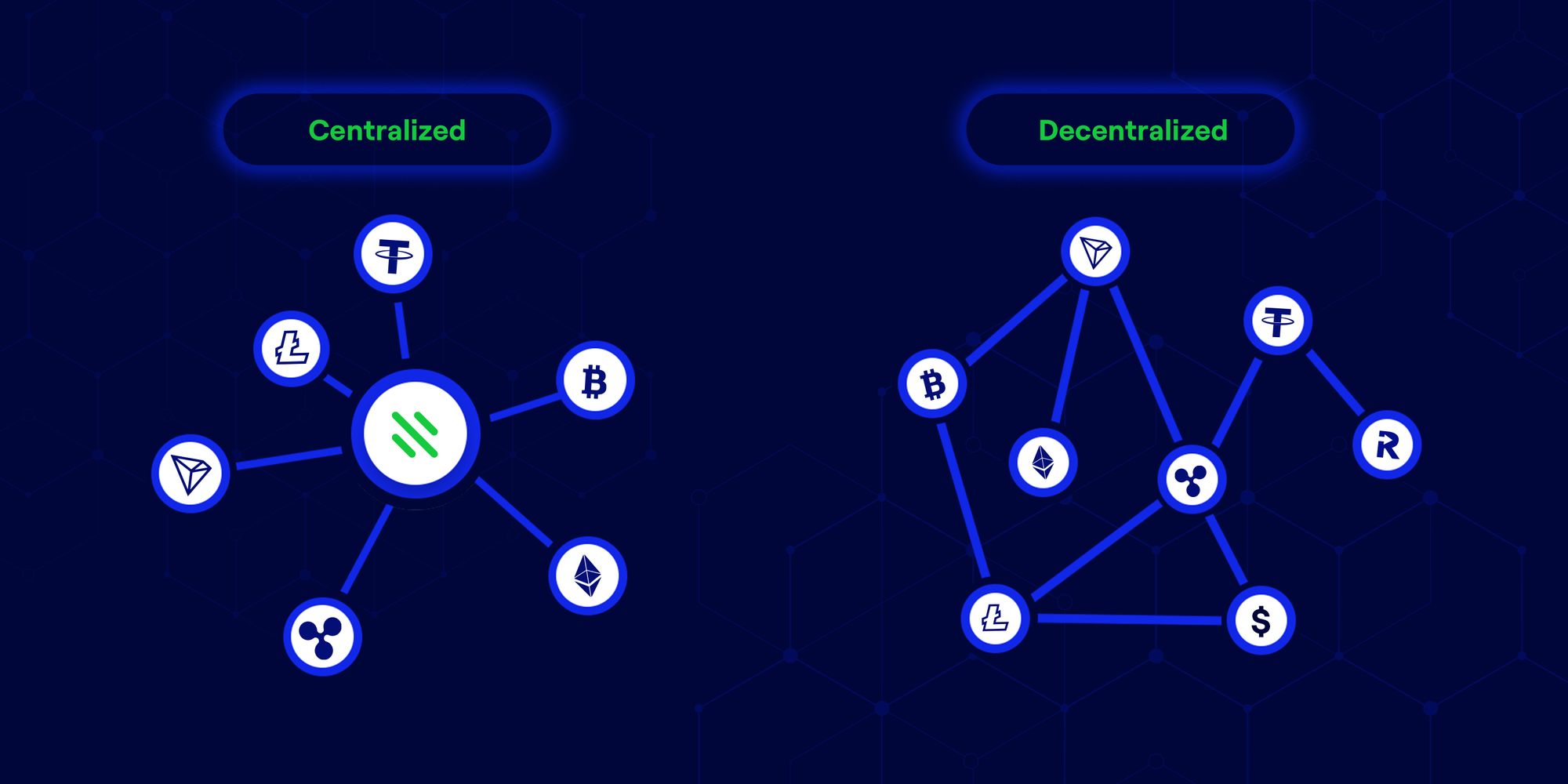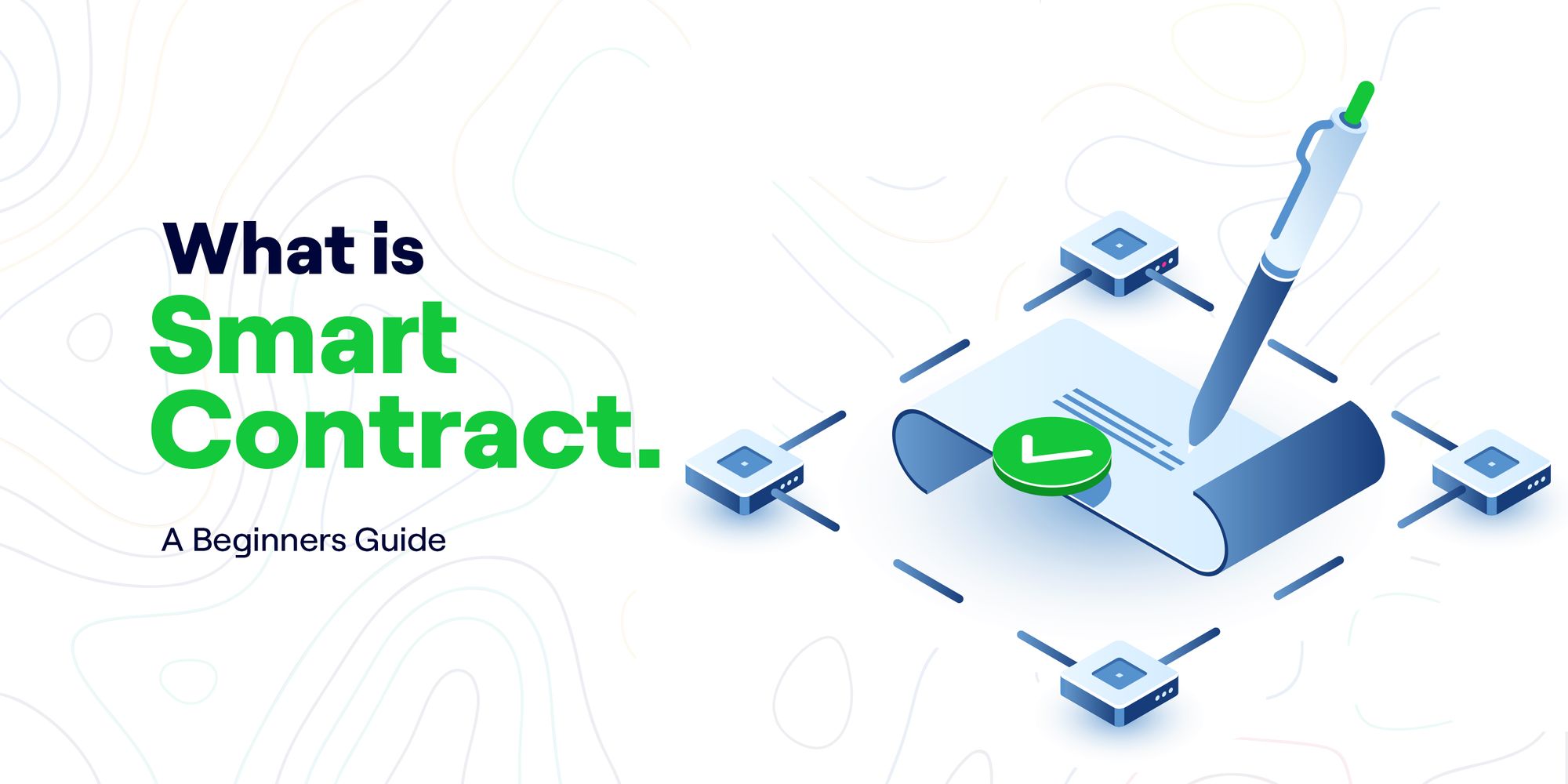
How Does Cryptocurrency Work? A Beginner's Guide.
Curious about cryptocurrency? This beginner's guide takes you on a captivating journey into the inner workings of digital currencies. From the revolutionary blockchain technology to the process of mining and trading, you'll unravel the mysteries behind this financial phenomenon.
We're in the most critical time of peak civilisation, and we can find the evidence in almost everything we do, from our mobile gadgets, electric cars, mega spacecraft or even digital payments. These are just evidence of the digital footprint this century will be leaving behind. There's a quote from Karim Rashid that sums up what the digital age entails; he said, "There are no boundaries or borders in the digital age".
It's a great thing to live in a digital age. It's convenient; it's fast. Our movements and feelings are constantly monitored because surveillance is the business model of the digital age. So there's still a level of privacy people want when it comes to their personal lives. The struggles of traditional banks and financial institutions increased in this era, and the need to swiftly move to a safer, faster and more efficient one seems almost impossible. Cryptocurrency filled this gap and did way more, and the adoption grew exponentially.
Take Bitcoin, the most popular crypto coin, which was launched in 2009. Users traded 5,050 Bitcoins for $5.02 via PayPal, making the first price mediated through an exchange a bargain basement price of $0.00099 per Bitcoin. In other words, the price was about one-tenth of one cent. Shoot forward to 2021; the cryptocurrency climbed to start the year, peaking above $64,000 by mid-April, following a robust first quarter.
What is Cryptocurrency?
Wikipedia defines cryptocurrency, crypto-currency, or crypto as a digital currency designed to work as a medium of exchange through a computer network that is not reliant on any central authority, such as a government or bank, to uphold or maintain it. It is a decentralised system for verifying that the parties to a transaction have the money they claim to have, eliminating the need for traditional intermediaries, such as banks, when funds are transferred between two entities.
But there's a catch; cryptocurrency isn't issued by a central authority like fiat currency. It uses a decentralised system. So crypto is easily distinguishable from other currencies like the Chinese yen or the US Dollar. So we are going to look at the types of cryptocurrency quickly.
Types of Cryptocurrency
It's important to note that Bitcoin isn't the same as cryptocurrency. Bitcoin is a type of cryptocurrency. Here are others:
- Bitcoin
- Altcoins
- Stablecoins
- Tokens
- NFTs
What is Bitcoin?
Bitcoin is a form of digital money that (1) exists independently of any government, state, or financial institution, (2) can be transferred globally without the need for a centralised intermediary, and (3) has a known monetary policy that arguably cannot be altered. It’s also the most popular coin in the market with the biggest market cap.
What is an Altcoin?
Altcoin refers to any cryptocurrency that isn't Bitcoin. The term "altcoin" was coined as a shorthand for "alternative to Bitcoin," and the vast majority of altcoins were created to improve Bitcoin somehow. Examples of altcoins include Litecoin, Ethereum, Cardano, etc.
What is a Stablecoin?
Stablecoins are cryptocurrencies that are pegged to a fiat currency. This means it can be backed by national currency, gold, crude or even food. These are often dubbed 'the safest coin in the market'. These coins are best used to save or store money as it's open to the volatility in the market. Examples include USDT, USDC, etc.
What are Tokens?
Tokens are built on an existing blockchain but are considered programmable assets that enable the formulation and execution of unique smart contracts. Outside of the blockchain network, these contracts can be used to establish ownership of assets. Tokens are used to represent something of value, like game coins, electricity bills, digital assets, etc.
What are NFTs?
NFTs, also known as Non-Fungible Tokens, are another type of cryptocurrency. They are one-of-a-kind assets that can't be replaced. A Bitcoin, for example, is fungible, meaning you can exchange one for another and get precisely the identical thing. On the other hand, a one-of-a-kind trade card must be unique. Examples include digital artworks, etc.
There are so many other types of assets. It's essential to pick the one that works with your goal and has done due diligence with DYOR. So importantly, how does cryptography work?
How Does Cryptocurrency Work?
When the term "crypto coins" is used, it isn't a literal bag of coins somewhere. Cryptocurrencies are supported by a technology known as blockchain, which maintains a tamper-resistant record of transactions and keeps track of who owns what. The use of blockchains addressed a problem faced by previous efforts to create purely digital currencies: preventing people from making copies of their holdings and attempting to spend them twice.
The creation of cryptocurrency comes from a process known as mining. This involves using computer processing power to solve complex mathematical problems to earn coins. The first person who solves the problem gets to launch the coin. Users can also get crypto coins from exchange platforms like Busha, where they can spend, sell and trade cryptocurrencies.
The cryptocurrency on the blockchain is run on two major platforms, proof-of-stake(PoS) and Proof-Of-Work(PoW). Miners operate using PoW as it enables them to designate primary computing methods. PoS runs on staking. In the staking system, rewards are distributed to help run the network by holding assets in specifically designated wallets. Several PoS assets also allow for master nodes — a more complicated staking process usually requiring a certain minimum number of coins.

How to Make Transactions with Cryptocurrency
This is like telling you to get fruit juice from any of your favourite malls. You can do a number of things with cryptocurrencies, depending on which one you own. On the most basic level, the definition of a cryptocurrency asset is that it can be used to send value from one person to another or to pay for goods and services. Buying, selling and trading cryptocurrency involves picking a suitable platform you can trust to make these transactions. An example is Busha, where you not only trade your cryptocurrencies but also use them to buy airtime/data and get vouchers to go to your favourite stores and cinemas—platforms like this bridge the gap between the user and the final product. So you can make your day-to-day e-commerce transaction directly from your phone.
You can also mine cryptocurrency. Bitcoin mining is the process by which new bitcoins are entered into circulation. "Mining" is performed using sophisticated hardware that solves an extremely complex computational math problem. The first computer to find the solution to the problem receives the next block of bitcoins, and the process begins again.
Also, the advent of the Bitcoin machine has massively aided cryptocurrency's popularity in daily transactions. According to Grand View Research, The global crypto ATM market size was valued at USD 116.7 million in 2022 and is expected to expand at a compound annual growth rate (CAGR) of 62.5% from 2023 to 2030. The market's growth can be attributed to the lucrative benefits offered by crypto ATMs.
How to Use Cryptocurrency
Questions arise from people because cryptocurrency is less popular than traditionally accepted means of payment as it's almost relatively new compared with the central authority banking system. Besides their function as a medium of exchange (in the form of digital money) and a store of value, cryptocurrencies are products with market value.
Let's quickly note the real-life use of cryptocurrency.
- Tether - pegging cryptocurrencies to fiat
- Asset-backed tokens - digitising precious metals
- Bitcoin - banking the unbanked
- Ethereum - a decentralised network for applications and smart contracts
- IOTA - connecting services and resources in the IoT(Internet of Things)
Cryptocurrency has had a massive impact on the money remittance sector, specifically regarding cross-border payments. The crypto industry will likely take over the cross-border payments industry. Significant players like Mastercard and Visa have been investing heavily in cryptocurrency in the past three years, and it's just getting more apparent that the future is with crypto.
How to Keep Cryptocurrency Safe
Securing your cryptocurrency involves you taking careful steps to avoid fraudulent transactions. Like how you try to keep your money in the traditional banking system safe, cryptocurrencies can be protected better. Some of them include the following:
- Using a solid password
- Enable two-factor authentication (2FA)
- Keep your seed phrase private.
- Store your wallet offline.
- Be careful what links you click on
- Use a reputable exchange.
Conclusion: How Does Cryptocurrency Work?
With cryptocurrency, the future is here. To start investing, you need a trusted cryptocurrency exchange such as Busha, where you can buy, sell and trade cryptocurrencies like Bitcoin, Ethereum, Tron, and more.
With Busha, you can #LiveMoreWithCrypto.
Read Next:



